Technologies that promised the world but delivered disappointment
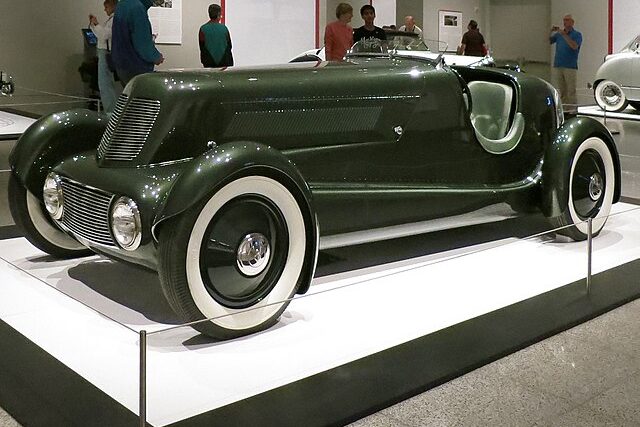
Not every invention can be a game-changer. Some ideas that seemed revolutionary at the time ended up gathering dust on the shelf. Here are 13 innovations that were supposed to change everything but ultimately flopped, serving as a reminder that even the brightest minds can get it wrong.
1. Google Glass
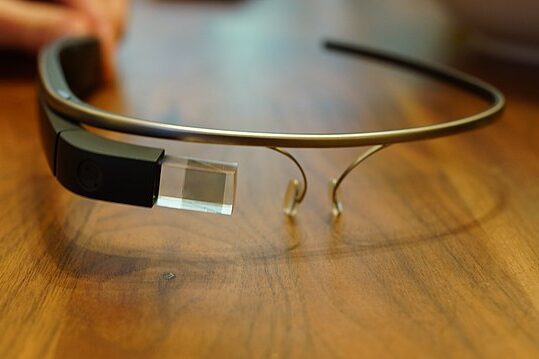
Google Glass was a wearable, Android-powered device resembling eyeglasses that displayed information directly in the user’s field of vision. It was developed by Google’s X subsidiary and initially launched in 2013. The first version, called the Explorer Edition, was available to a select group of “Glass Explorers” before being made available to the public in 2014. This device allowed users to access information, take photos and videos, and interact with their digital world through voice commands and a small, integrated display, aiming to revolutionize how we access data and interact with technology on the go. The vision was for it to be an everyday tool for everyday life, allowing users to stay informed and connected without constantly looking at their phones. However, despite the futuristic appeal, Google Glass faced significant hurdles. According to Investopedia, Google Glass ultimately faced challenges, including high price, privacy concerns, and design issues, leading to its eventual discontinuation.
2. Segway
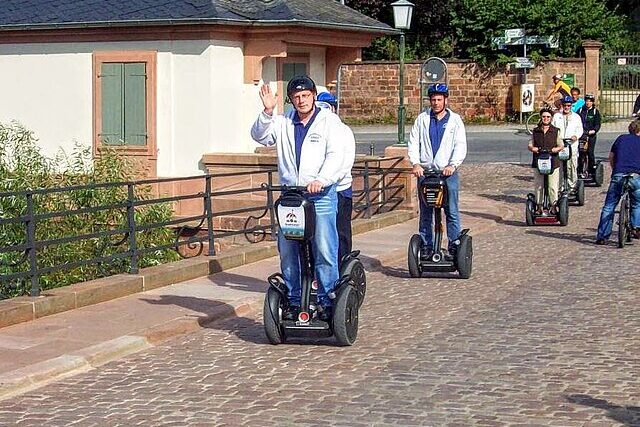
When the Segway, a two-wheeled, self-balancing personal transporter device was invented by Dean Kamen debuted in 2001, it was hailed as a transportation breakthrough that would transform cities and reduce car dependency. Its self-balancing technology was impressive, allowing riders to glide effortlessly on two wheels. The Segway promised to make short-distance travel easier and more fun, potentially changing urban mobility forever. However, the reality was different. abc.net.news noted that the device’s high cost made it inaccessible to most consumers, and its bulky size limited portability. Also, many cities enacted regulations limiting where Segways could be used, hindering their widespread adoption. Some sources cite this as a reason for the limited success of Segways. These restrictions, along with other factors, contributed to the Segway’s failure to become a mainstream mode of transportation in urban areas.
3. Betamax
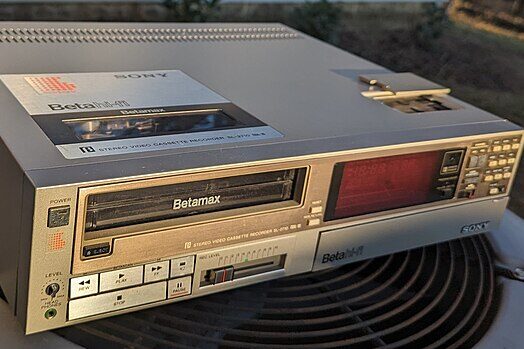
Betamax is a video tape format and consumer video cassette recorder (VCR) developed by Sony. It was released in Japan on May 10, 1975, and later in the United States. Betamax was technically advanced but had a critical flaw: shorter recording time. While Betamax offered superior picture quality, it lost the format war to VHS primarily due to a shorter recording time. VHS tapes could record longer programs, such as movies and sporting events, which appealed more to consumers. Forever Studios added that Betamax’s initial one-hour recording limit, a design choice made to maintain high quality, proved impractical for recording longer content.
4. HD DVD

In the mid-2000s, the race to replace DVDs with high-definition formats pitted HD DVD against Blu-ray. HD DVD was backed by Toshiba and some major studios and offered a cheaper alternative initially. However, Blu-ray gained stronger industry support, including from Sony and a broader array of content producers.Like Blu-ray, HD DVD supported 1080p resolution and advanced video codecs. But, HD DVDs could store a significant amount of data, with single-layer discs holding 15 GB and dual-layer discs holding 30 GB. Therefore, Blu-ray’s larger storage capacity and better marketing helped it win consumer favor. According to NBC News, HD DVD’s defeat was swift, and Toshiba discontinued the format by 2008. This battle highlighted how alliances and content availability are often decisive in technology adoption, not just technical merits.
5. LaserDisc
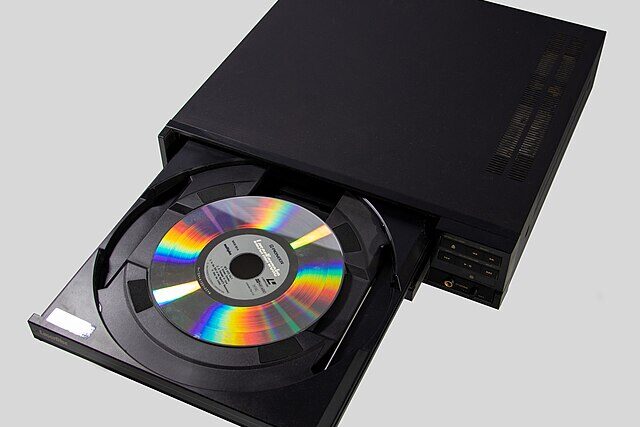
LaserDisc was a home video format that emerged in the late 1970s and offered significantly superior video and audio quality compared to VHS and Betamax formats, the prevalent technologies of the time. LaserDisc was a laser-based optical disc format. TMTV uses a built in TBC (time base corrector) and AVDC (Audio/video digital converter) to help with hue and sharpness, and eliminate picture jitter and time base errors from laserdisc playback, ensuring a stable on-screen image. Despite its quality, LaserDisc was expensive, bulky, and lacked recording capabilities, making it less convenient for everyday use. It found a loyal but small fan base among cinephiles and collectors but never achieved mass-market success.
6. Newton PDA
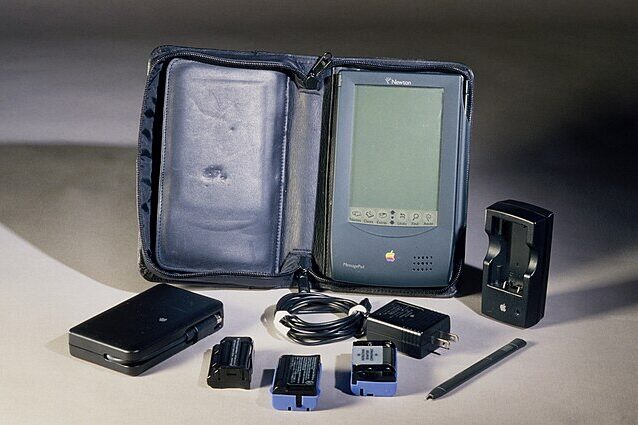
Apple’s Newton is a specified standard and series of personal digital assistants (PDAs) developed and marketed by Apple Computer, Inc. from 1993 to 1998, a concept that was revolutionary at the time. Although Newton gained traction in certain industries, such as healthcare, its popularity was short-lived. The Palm Pilot’s emergence significantly eroded its market share, and Apple’s struggles to redefine the Newton’s direction ultimately led to its demise. Upon his return to Apple in 1997, Steve Jobs discontinued the product line, citing its underwhelming performance, poor team management, and design flaws, including the stylus. With Apple facing financial turmoil, the unprofitable Newton became an easy target for elimination.
7. HD Radio

HD Radio was introduced to enhance traditional AM/FM radio by adding digital sound quality and more channels without requiring a complete overhaul of existing infrastructure. It offers clearer audio and additional content streams, like HD2, HD3, and HD4, which local stations can use to broadcast alternative content. This technology transmits both analog and digital signals simultaneously, allowing analog receivers to function as usual while those with HD Radio tuners can access the digital streams. However, the technology suffered from limited receiver availability and inconsistent sound quality, especially in fringe areas. Many consumers didn’t see enough benefit to upgrade from analog radio, and broadcasters were slow to adopt it widely.
8. Google Wave

Google Wave, launched in 2009, was a web-based communication and collaboration website that aimed to combine features of email, instant messaging, wikis, and social networking. It allowed for real-time communication and shared document editing within a single interface. However, users found the interface confusing and the concept overwhelming. The platform lacked clear use cases and didn’t integrate well with existing workflows. In other words, Google Wave failed due to a combination of factors including a complex and confusing user interface, a lack of clear purpose and direction, and a premature release. The product was ahead of its time and didn’t resonate with users, and the invite-only system made it difficult for users to find people to collaborate with. Despite its innovative features, Google Wave failed to gain traction and was discontinued in 2010.
9. CueCat
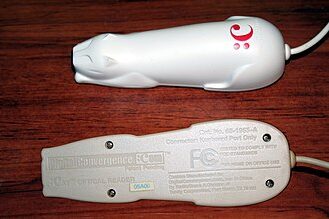
The CueCat was a cat-shaped, handheld barcode scanner that was a failed technology of the early 2000s. It was marketed as a way to quickly access websites by scanning special barcodes printed in magazines, rather than typing in long web addresses. The CueCat scanned special barcodes (called “Cues”) that were printed in magazines and catalogs, and it would then direct a user’s computer’s web browser to a corresponding website. Privacy concerns also emerged because the scanner tracked user data. Despite being marketed as an easy way to access the internet, the CueCat was a commercial failure. It was listed as one of the worst inventions of the decade, and investors lost millions of dollars.
10. Crystal Pepsi
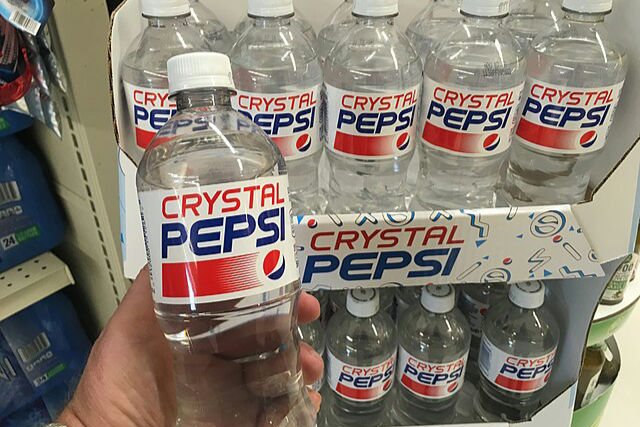
Crystal Pepsi is a clear, caffeine-free cola drink that was a PepsiCo product launched in 1992. It was marketed as a healthier and more natural alternative to traditional dark cola beverages due to its lack of caramel coloring and caffeine. However, consumers struggled to reconcile the clear appearance with the expected cola taste. They found the taste to be off, not resembling regular Pepsi. Also, many consumers couldn’t easily associate a cola flavor with a clear liquid and some claimed it tasted different from regular Pepsi, with a possible citrusy or artificial flavor. Additionally, Crystal Pepsi didn’t offer a unique taste or health benefit, leading to consumer distrust. Despite its initial success, Crystal Pepsi was discontinued within a year, due to low sales, becoming a classic example of a product that relied too heavily on novelty without delivering on flavor or consumer desire.
11. Microsoft Zune
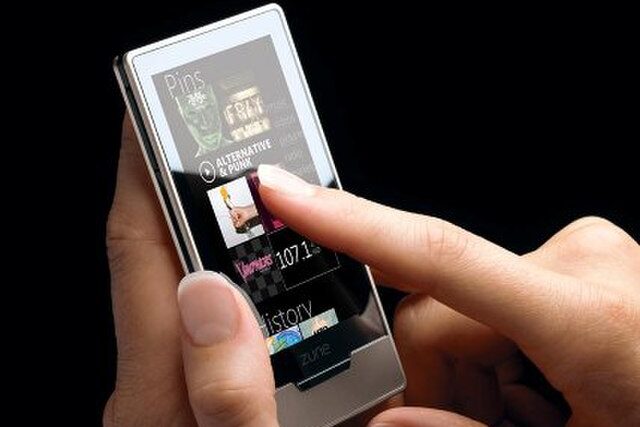
Microsoft’s Zune, launched in 2006, aimed to rival Apple’s iPod in the portable music player market. It featured wireless song sharing (a feature not available on early iPods), and a sleek design, offering a unique user experience according to a LinkedIn post. Additionally Microsoft’s digital music store, Zune Marketplace, offered a subscription service for unlimited music streaming, unlike Apple’s iTunes. Despite these innovations, the Zune arrived late to a market dominated by Apple’s strong brand and extensive iTunes ecosystem. Marketing missteps and limited device compatibility further hindered its success. Unfortunately, Zune struggled to gain significant market share, eventually being discontinued in 2012.
12. The DeLorean DMC-12
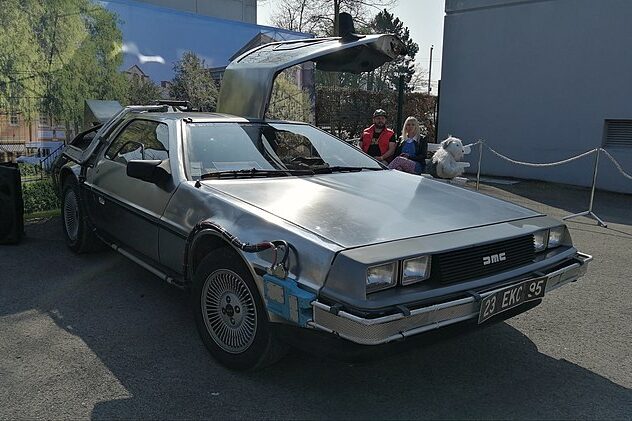
The DeLorean DMC-12 is an iconic car known for its stainless steel body, gull-wing doors, and association with the “Back to the Future” movie franchise. Introduced in the early 1980s, it was designed as a futuristic sports car. The DeLorean DMC-12’s most recognizable features are its unpainted brushed stainless steel body, which was intended to avoid the need for paint and make the car lighter, and its distinctive gull-wing doors. However, it suffered from underwhelming performance, reliability issues, and financial troubles within the company. The car never achieved commercial success, and production ceased after only a few years.
13. The Amazon Fire Phone
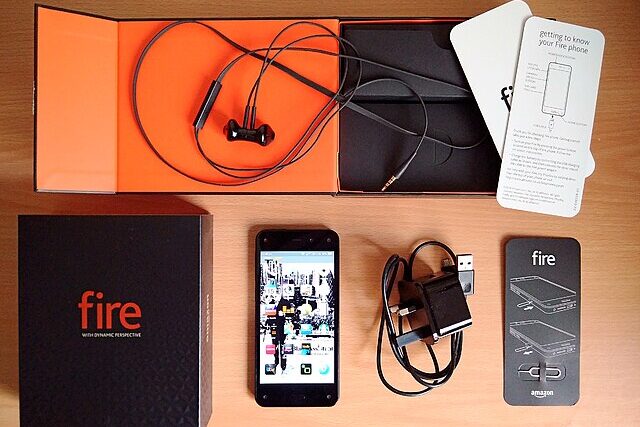
The Amazon Fire Phone, released in 2014, aimed to disrupt the smartphone market with its 3D-like dynamic perspective technology, shopping integration, and features like Firefly. This phone sought to differentiate itself from established players like Apple and Samsung with its unique features and ecosystem. It used front-facing cameras and sensors to create a 3D-like effect where the display would shift its perspective based on the user’s head movements, allowing for navigation and interaction in a new way. However, it failed to gain traction in the market due to several factors, including its high price, limited app selection compared to Android and iOS, and confusing features, making it difficult to attract consumers, as the phone didn’t offer a compelling value proposition. Sales were disappointing, and Amazon discontinued the phone just a year later.
Share your thoughts on which invention surprised you the most or tell us about other flops you think deserve a second look!


